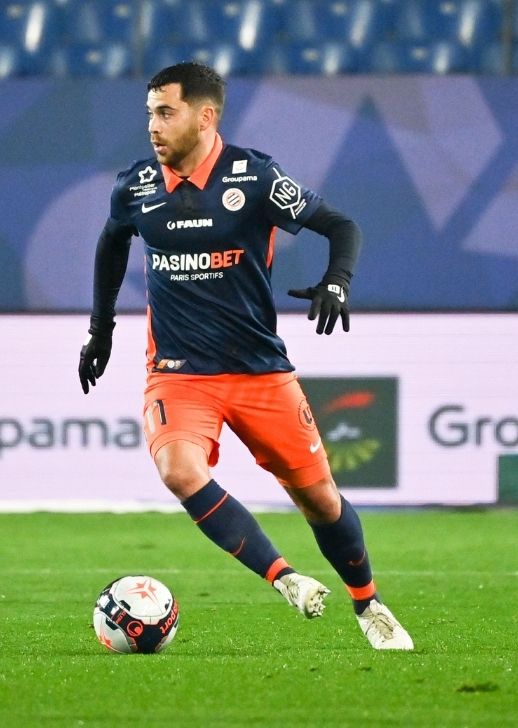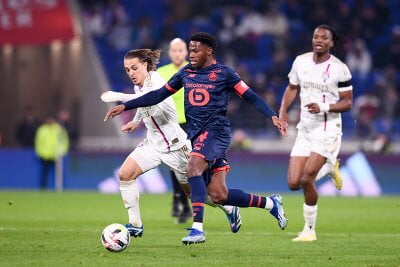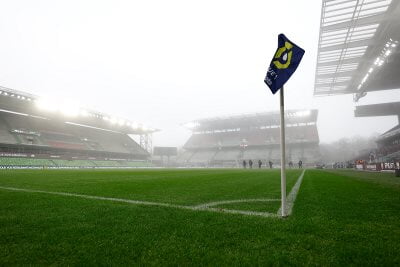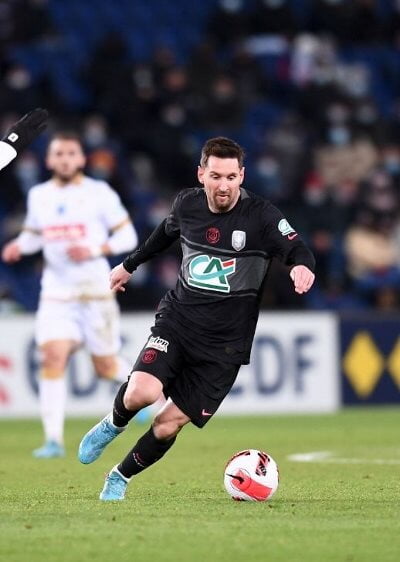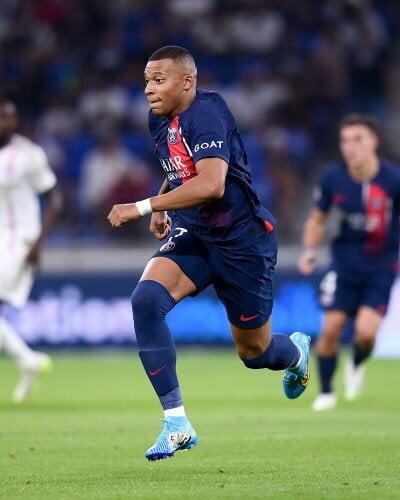Before Nîmes Olympique host Montpellier Hérault SC in the Derby du Languedoc on Sunday, Ligue1.com looks at some of the men who have crossed the divide and represented both clubs.
Laurent Blanc
World Cup winner Blanc is a Montpellier legend, having started his glittering career with La Paillade. Blanc made his debut for the club as a teenager in the second tier in 1983 and went on to spend eight years there before joining Napoli in 1991. He helped Montpellier win promotion to the top flight in 1987 and the Coupe de France in 1990, scoring the opener in extra time in a 2-1 final win over David Ginola’s Racing Club de Paris.
Blanc made close to 300 appearances for Montpellier, putting him to this day in the top 10 of the club’s all-time appearance-makers. Above all, he remains the club’s all-time top scorer with 84 goals, a remarkable statistic for a defender.
After a year in Italy he returned to France in 1992 to sign for Nîmes, but he could not stop the Crocodiles from finishing bottom and he left for AS Saint-Etienne after a single season.
Not only did Blanc play for both clubs, but he is a symbol of the region, hailing from the town of Alès, a short trip from Nîmes in the Gard département.
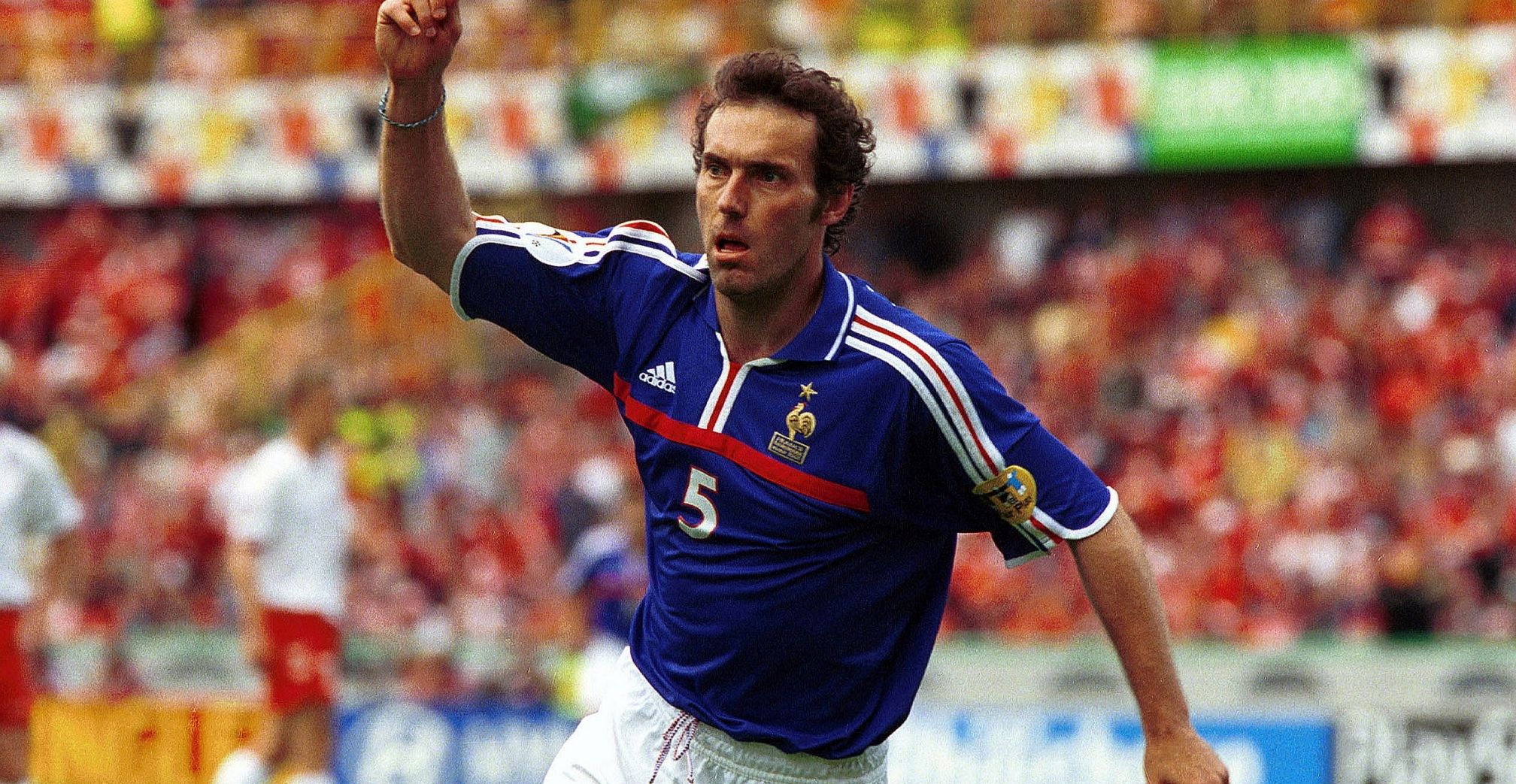
Eric Cantona
Cantona spent the 1989-90 season alongside Blanc on loan at Montpellier from his hometown team, Olympique de Marseille. He scored 10 league goals despite a slightly chaotic campaign which led to coach Aimé Jacquet being fired. The story goes that Cantona - whose hot temper was showcased on occasion at Manchester United - once had a fight with teammate Jean-Claude Lemoult in the dressing room after a game against Lille. “It was too late for explanations, so I launched my studs at Lemoult’s face. Jean-Claude responded. It all happened in a flash,” he was later credited as saying.
Montpellier finished 13th in the league but they did also win the Coupe de France with Cantona in the side that defeated Racing Club de Paris.
After his loan was up he returned to Marseille (he is pictured below in a Marseille kit) for a season before joining newly-promoted Nîmes in 1991 for 10 million francs. Cantona had only been at the Stade des Costières a few months when he was sent off for throwing the ball at the referee late in a game against Saint-Etienne and ended up being banned for two months. He responded by announcing his retirement from the sport but soon after he was off to England, joining Leeds United.
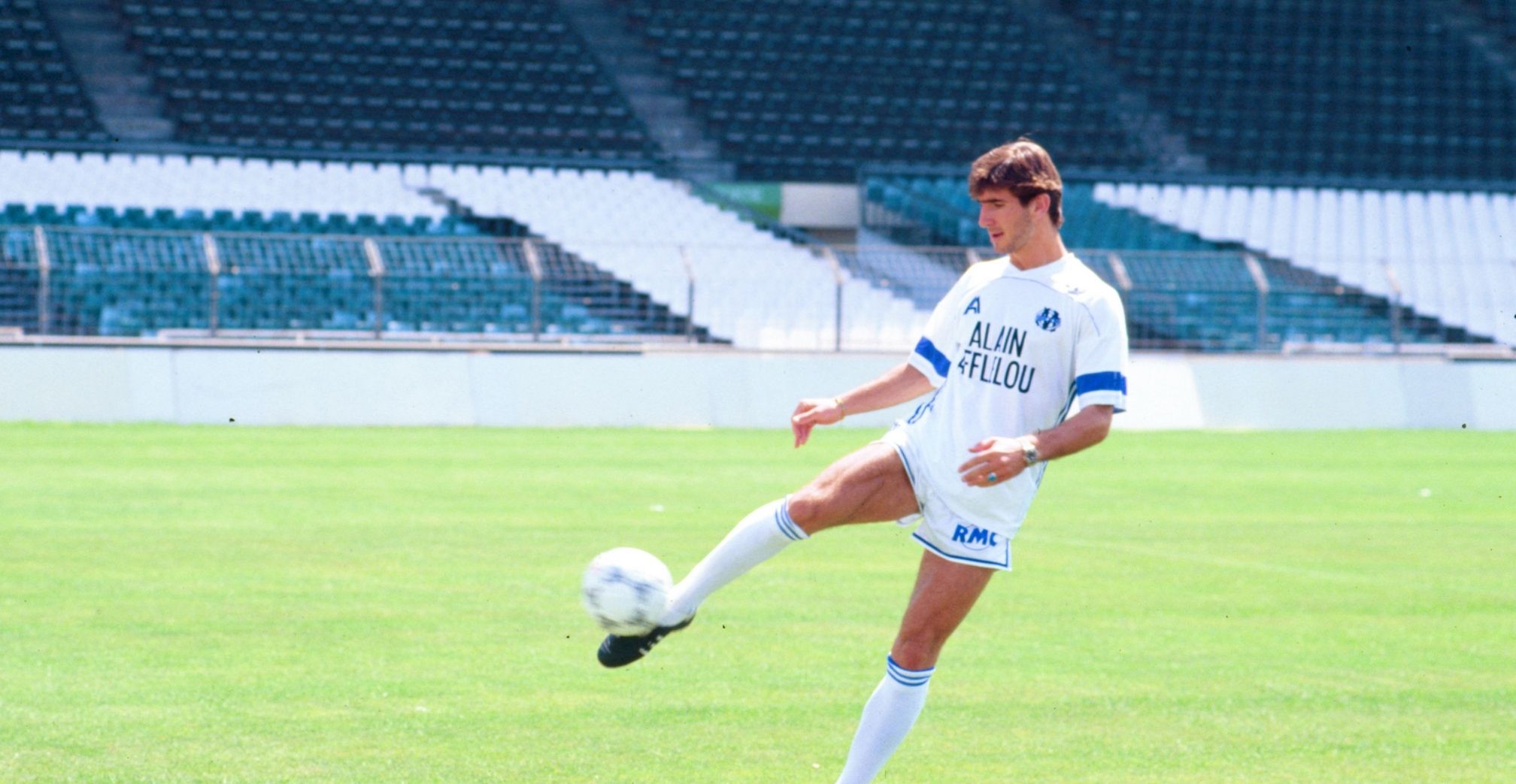
René Girard
Like Blanc, Girard is a native of the Gard, hailing from Vauvert, just off the A9 motorway which links Nîmes to Montpellier. He was still a teenager when he broke into the Nîmes team in 1972, and the midfielder spent eight years playing for the club in the top flight before leaving for Girondins de Bordeaux in 1980. It was while at Bordeaux that he broke into the France team before winning three league titles and two Coupes de France, before returning to his first club in 1988. He duly helped Nîmes win promotion back to the elite in 1991 before retiring at the age of 37.
Girard immediately moved into coaching but he did not last long on the Nîmes bench and seemed lost to football as he opened a bar-tabac in the city. However, he was back in coaching in 1996 when he joined Pau, and in 2009 he became coach of Montpellier. The legendary Nîmes player would become a legendary coach at the Stade de la Mosson, taking a newly-promoted side to fifth in his first season and then going on to win the Ligue 1 title in 2012. Girard (pictured below with former president Louis Nicollin) left for Lille in 2013 and is now in charge of Paris FC in Ligue 2.
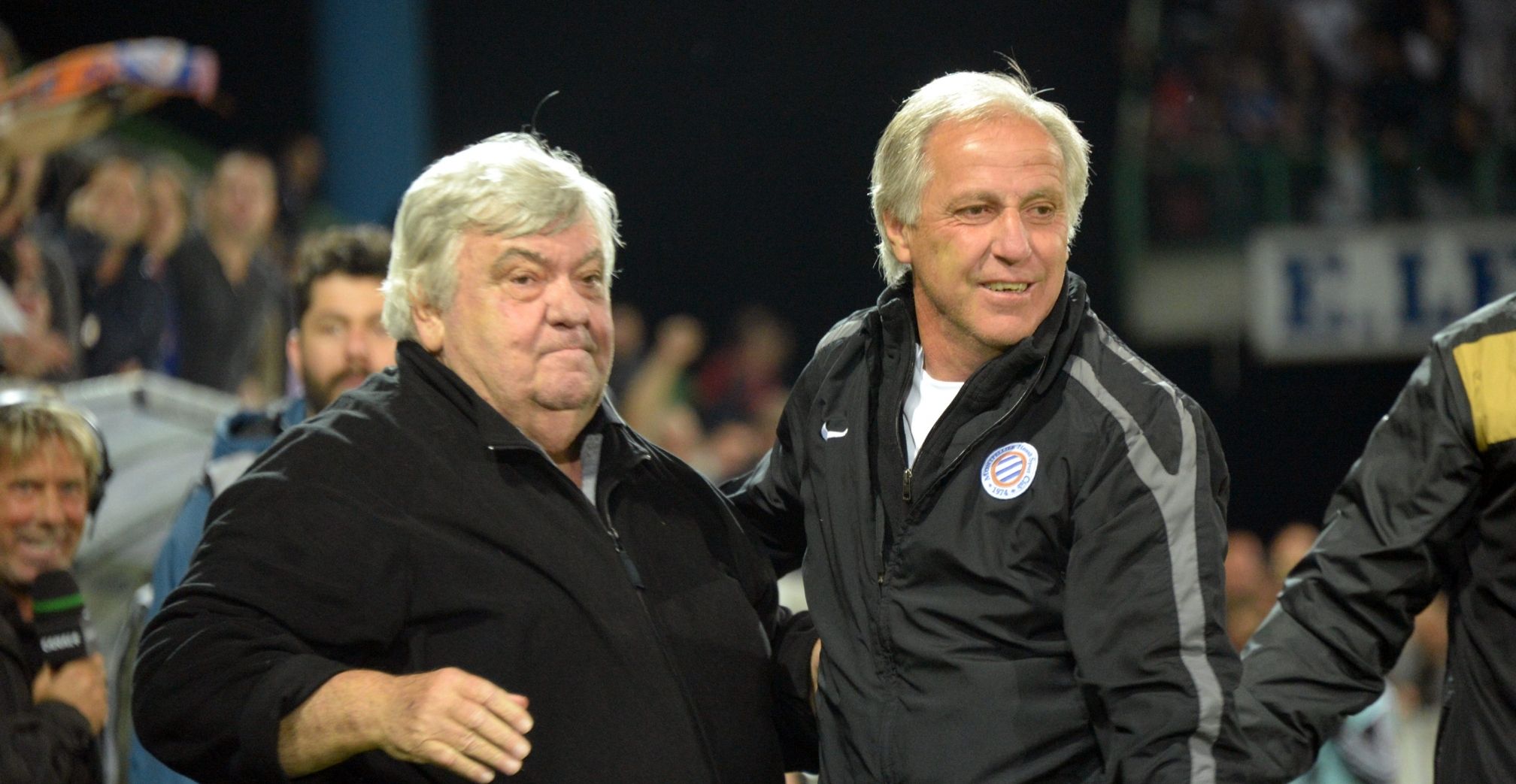
Michel Mézy
Nobody quite epitomises the derby divide quite like Mézy, who comes from the walled Gard town of Aigues-Mortes famous for its pink flamingos. Mézy played more than 350 games for Nîmes in two spells covering much of the 1960s and 1970s, helping the team finish second in the top flight in 1972.
In 1979 he caused something of a sensation by leaving Nîmes to join Montpellier, stepping down into the second tier. Mézy helped them win promotion to the top tier before retiring in 1982. He became Montpellier coach in 1985, the first of four spells in charge, with the standout being the victory in the 1990 Coupe de France final. There was a short spell back at Nîmes in the early 1990s but Mézy has spent most of his post-playing career linked to Montpellier, becoming an advisor to president Louis Nicollin in 2006 and continuing after Laurent Nicollin took over following his father’s death.
“These two teams are my life,” he told local newspaper Le Midi Libre last year.
Téji Savanier
Playmaker Savanier is one of the stars of the current Montpellier team, but he took something of a winding path into the first team at the Stade de la Mosson. After growing up in the Roma community on the edge of the city, Savanier joined the Montpellier youth system but was not offered a professional contract. Instead he joined Arles-Avignon and then signed for the Crocodiles in 2015.
Savanier quickly emerged as a star in four years at the Stade des Costières, topping the Ligue 2 assists chart in successive seasons and helping Nîmes win promotion back to the elite in 2018. In 2018-19 he was the top assist-provider in the top division as the team finished an impressive ninth, and a €10 million transfer back to his hometown team followed, allowing him to be even closer to his home in the suburb of Gély.
"That's where I feel the most grounded. Nothing can go wrong for me there. That's where I was born and where I'll die,” he told sports daily L’Equipe in 2019.
“We're among gypsies and we do our thing, and that's it. It's not something you can really explain. We play pétanque in the afternoon, and then the loser goes to the butcher to buy the meat for the barbecue. In the evening we play guitar outdoors. I don't think that there are a lot of professional footballers who are lucky enough to live this life.”

